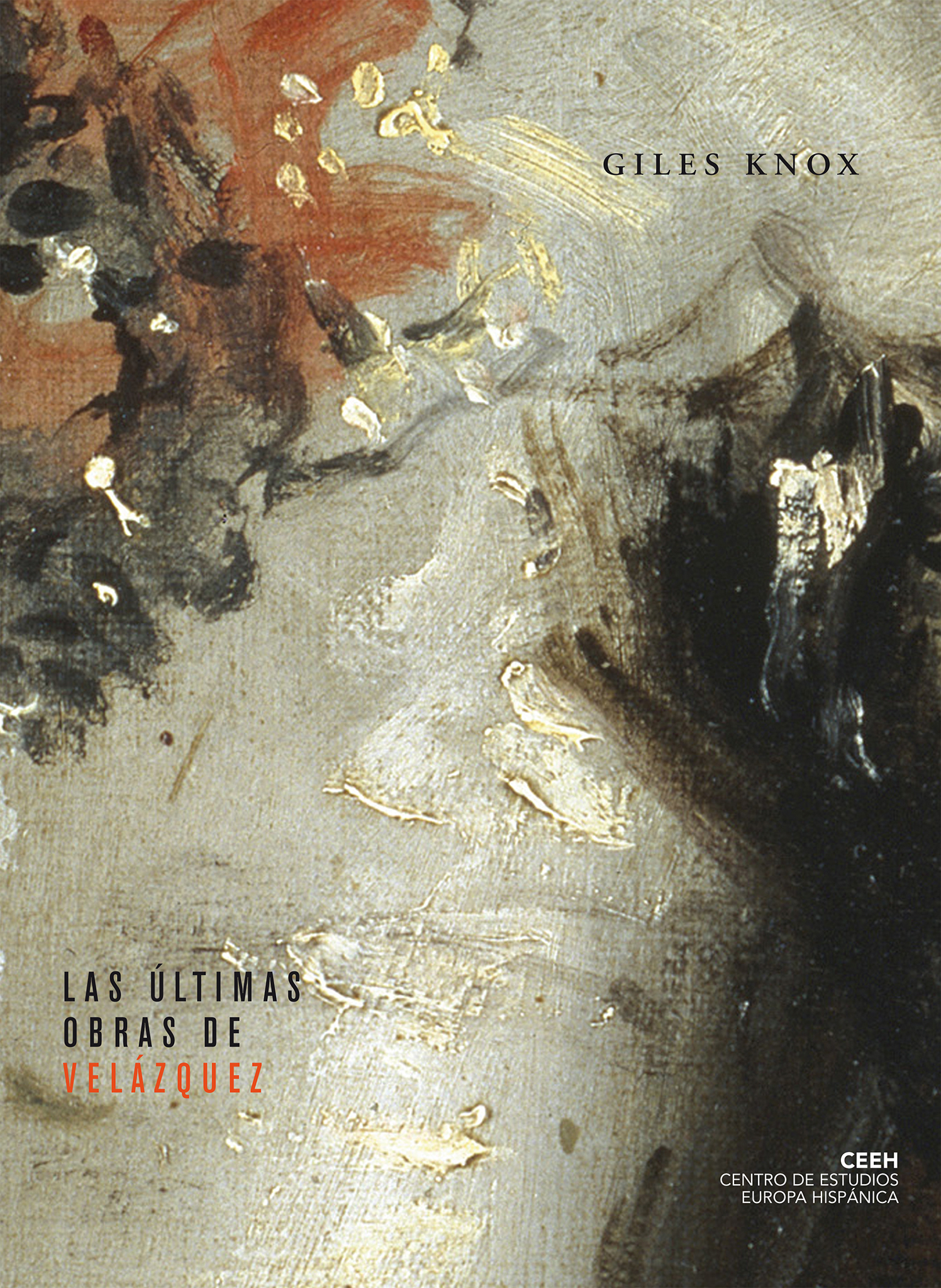Author
Giles Knox
Characteristics
192 pages; 48 color illustrations; flapped paperback; 19 x 26 cm
Publication
Spanish; translated by J. Rambaud (the original English version by Ashgate Publishing, Farnham and Burlington, 2009); with the collaboration of the Museo Nacional del Prado; 2010
ISBN
978-84-936776-3-3
Price
€28,85
The surprising conclusion of Las últimas obras de Velázquez is that Diego Velázquez painted two of his most famous works, The Spinners and Las Meninas, as theoretically informed manifestos of painterly brushwork. As a pair, Giles Knox argues, the two paintings form a learned retort to the prevailing critical disdain for the painterly. Knox presents a Velázquez who was much more aware of the art theory of his era than previously acknowledged, leading him to reinterpret Las Meninas and The Spinners as representing together a polemically charged celebration of the “handedness” of painting.
Knox removes Velázquez from his Iberian isolation and seeks to recover his highly self-conscious attempt to carve out a place for himself within the history of European painting as a whole. Las últimas obras de Velázquez presents an artist who, like Annibale Carracci, Poussin, Rembrandt, and Vermeer was not only aware of contemporary theoretical writings on art, but also able to translate that knowledge and understanding into a distinctive and personal theory of painting. In Las Meninas and The Spinners, Velázquez propounded this theory with paint, not words.
Knox’s rethinking of the dynamic relationship between text and image presents a case, not of writing influencing painting, or vice versa, but of the two realms being inextricably bound together. Painterly brushwork presented a challenge to writers on art not just because it was connected too intimately with the base actions of the hand; it was also devilishly hard to describe. By reading Velázquez’s painterly performance as text, Knox deciphers how Velázquez was able to craft theoretical arguments more compelling and more vivid than any written counterparts.
Giles Knox holds a doctorate from Toronto University and is associate professor of Art History at Indiana University. He has published many studies in books and specialist journals on art in southern Europe in the fifteenth-seventeenth centuries and relations between art and the Counter-Reformation. He has written important papers on Velázquez and Italian art theory and is currently preparing New Approaches to Velázquez with T. Tiffany.

